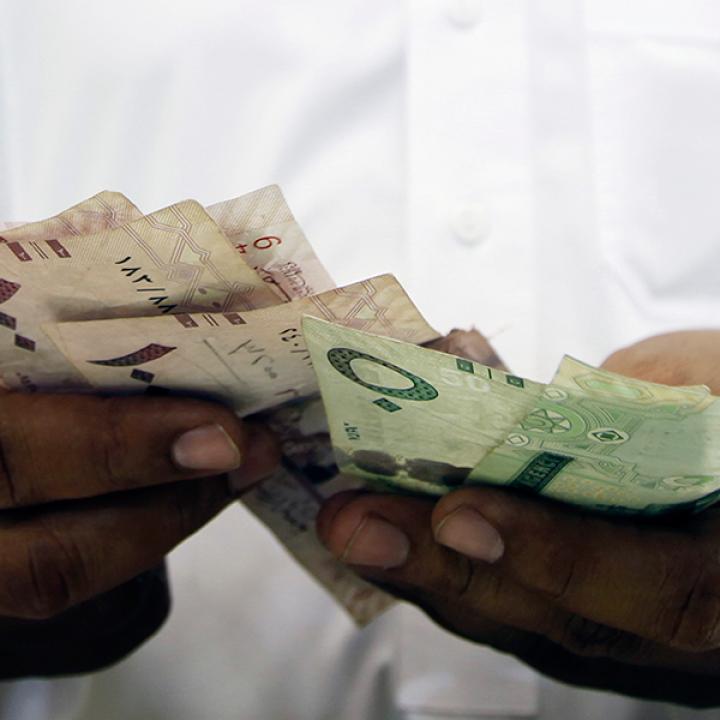
- Policy Analysis
- Articles & Op-Eds
Don't Bank on Bankrupting ISIS, but Here's How We Shrink Its Wallet

By focusing on financial transactions and income from oil, kidnapping, and major donors, the Treasury Department could severely undercut the group's funding streams.
The U.S. government's effort to counter the Islamic State in Iraq and Syria is focused on "five mutually reinforcing lines of effort," one of which aims to stop ISIS's financing and funding. That may prove a difficult task -- in large part due to the differences between the funding models employed by ISIS and al-Nusra Front or other al Qaeda affiliates -- but not one that is beyond the international community's capabilities.
Combating ISIS financing is an important component of the international campaign against the only group to be even too extreme for al Qaeda. Counter-terror finance tools have proven uniquely effective both as a means to stem the flow of funds to terrorist groups and as sources of actionable financial intelligence that can then be leveraged to even greater success. There is no doubt that in those areas where ISIS financing crosses international borders or leverages the international financial system (especially the formal financial sector, banks, but even alternative financial transfer mechanisms), the traditional toolsets developed in the years since 9/11 will continue to be effective means of countering ISIS financing. This includes ISIS's income from illicit oil smuggling, donations from deep-pocket donors in the Gulf and elsewhere, kidnap-for-ransom payments, efforts to access the antiquities black market to sell looted ancient artifacts, and more...
Read the full version of this article on the Hill website.
Read Dr. Levitt's recent congressional testimony on this topic.
The Hill



